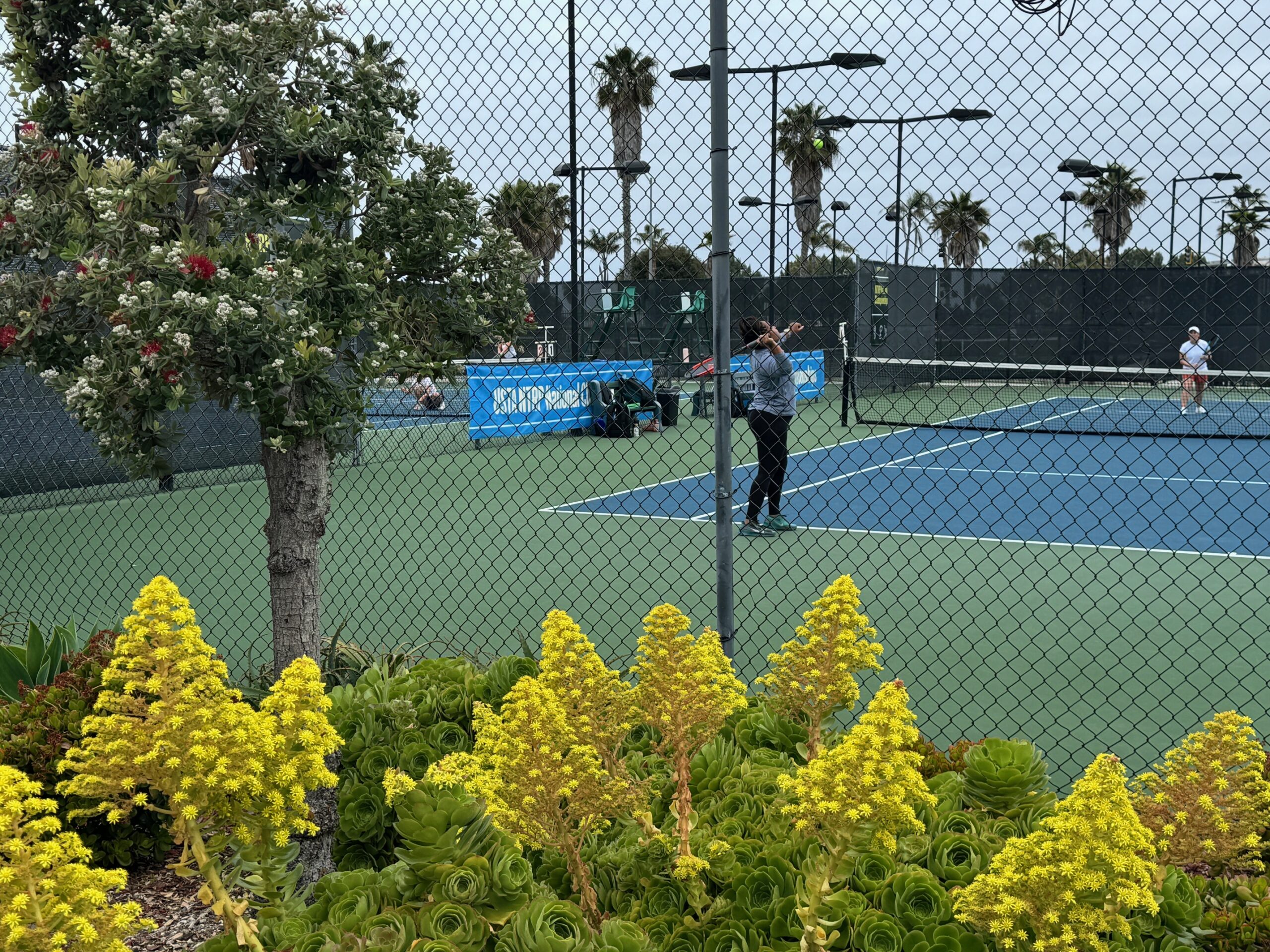Back on New Year’s Even when this project was started, I never would have predicted how frequently John Isner has popped up. In anticipation of the “Why are you so obsessed with John Isner?” or possibly “Why to you hate John Isner?” queries I need to take a moment to crystallize my thoughts.
To be clear, I really like John Isner. I love the fact that he played college tennis before transitioning to the pros. I appreciate him for his general willingness to play Davis Cup for his country. I think it was the absolute correct priority to once skip the Davis Cup to experience the birth of his child. Literally as I started drafting this very paragraph, John Isner appeared on my TV in an interview promoting the Isner Family Foundation which provides support to cancer treatment in local hospitals. The world needs more people like John Isner.
I also appreciate Isner for writing about tennis, and have found what he has contributed in this area to be enlightening and thoughtful. The Forbes article referenced below pulled back the curtain on some of the financial realities of professional tennis. It is the kind of information that I crave.
While I like John Isner and cheer him when he plays, I actually do not enjoy watching his matches. As a 5’6″ senior woman aged north of 50, there simply isn’t a lot there that has relevance to my own play. To be blunt his matches are actually tedious, a fact that is obscured the inordinate number tie-break sets. While his scores are suggestive of entertaining match play, the reality is that it is twelve consecutive lop-sided service holds culminating in a tie-breaker is not compelling tennis. Isner’s are the most uninspiring close matches that you will ever see.
This is not John Isner’s fault. It is his right and duty to prosecute the full advantage of the 6’10” height bestowed upon him by the grace of God. I do not begrudge him that gift. It is literally his job to win tennis matches.
As it turns out, people with long arms and great height have an advantage when serving in tennis. It is only very recently, through this writing exercise, that I have become acutely aware that the tennis establishment has a history of concern over dominant serves. That concern predates John Isner.
Yesterday I wrote about VASSS, which proposed that the server should be moved back three feet to neutralize the effect of big serves. One of my training partners was a teaching professional at a Wilson sponsored tennis club when the ITF approved the alternate ball specifications were codified by the ITF. When we were discussing my blog this week he mentioned that the larger ball was indeed manufactured and was actively promoted at his club for awhile. He didn’t like the way it played and was annoyed that it didn’t fit well into the pockets of his tennis clothes. That larger ball was created with the express purpose of mitigating big serves.
The simple fact of the matter is that John Isner is turning up here at an elevated frequency because his height challenges the skills required to preserve “the traditional character of the game.” I do not begrudge him for prosecuting the full advantage of his height. Neither do I see it as an existential threat to tennis.
I love the transactional nature of tennis and the natural ebb and flow of strategy and tactics. The fact that Isner has a dominant serve is something that I view not so much as a threat to the integrity of the game, but rather as a challenge that needs to be solved by the other competitors. In the meantime, he is a convenient mechanism to punctuate discussion of some of the rules precisely because he is pushing those traditional boundaries.
The game will evolve. That evolution is exactly why tennis has been preserved for over five centuries and it is what makes it so amazing.
- “Isner Launches The Isner Family Foundation“, ATP Tour Staff, November 25, 2019.
- “Why Wimbledon’s Prize Money Isn’t As High As You Think: An Accounting Of A Tennis Player’s Expenses“, John Isner, Forbes, June 23, 2019.


